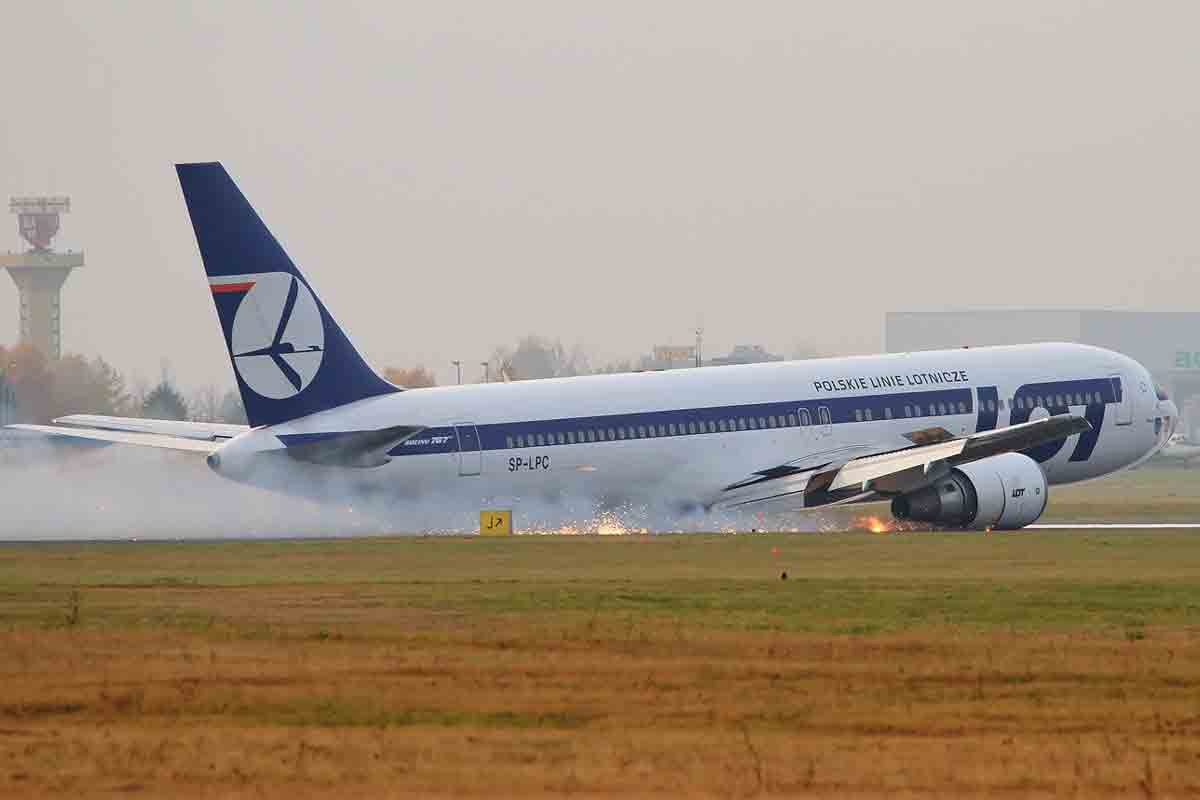7667766266
enquiry@shankarias.in
Why in News?
Recently, 179 people were killed when Jeju Air flight 7C2216 made a belly-landing and overran the runway, smashed into the perimeter fence and burst into flames at the Muan International Airport in South Korea.

Important terminologies
Reference